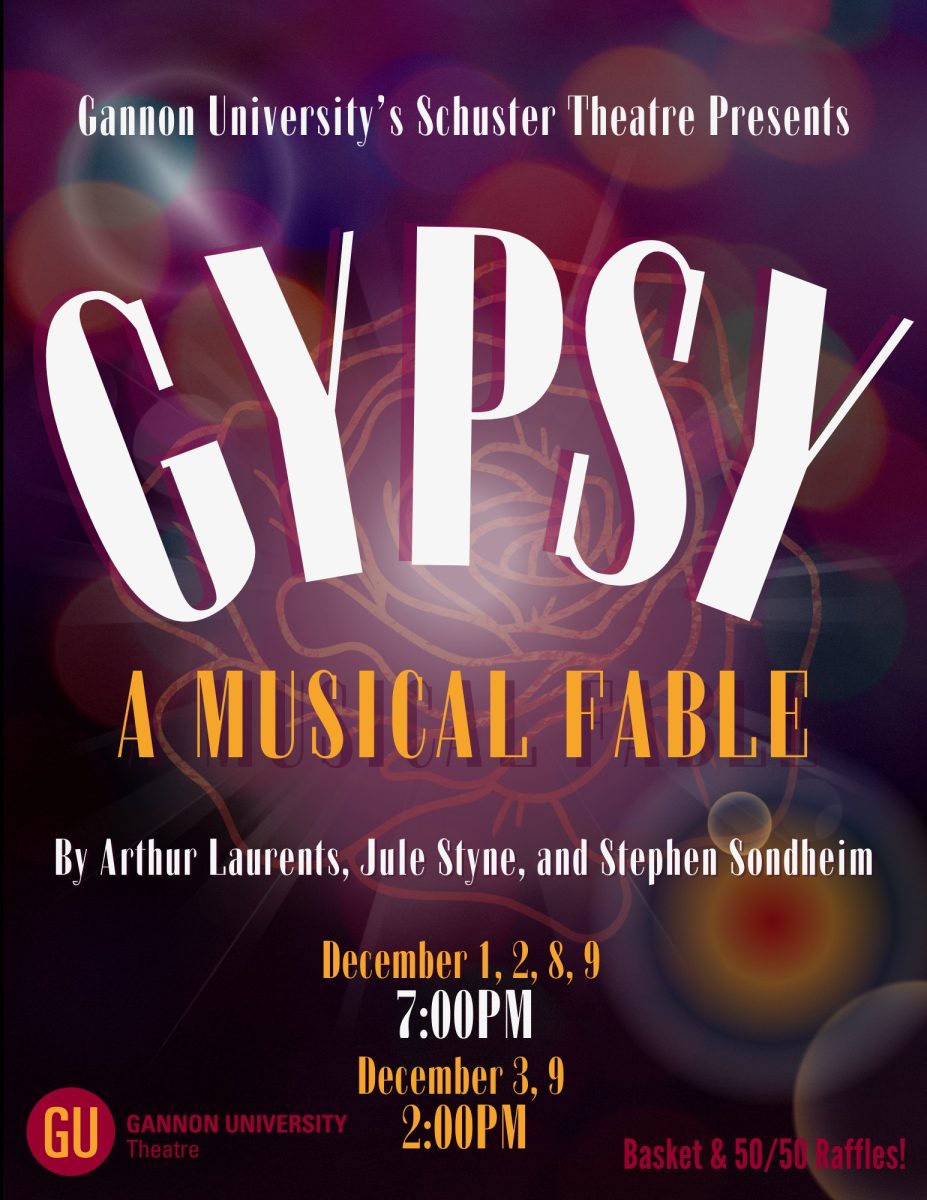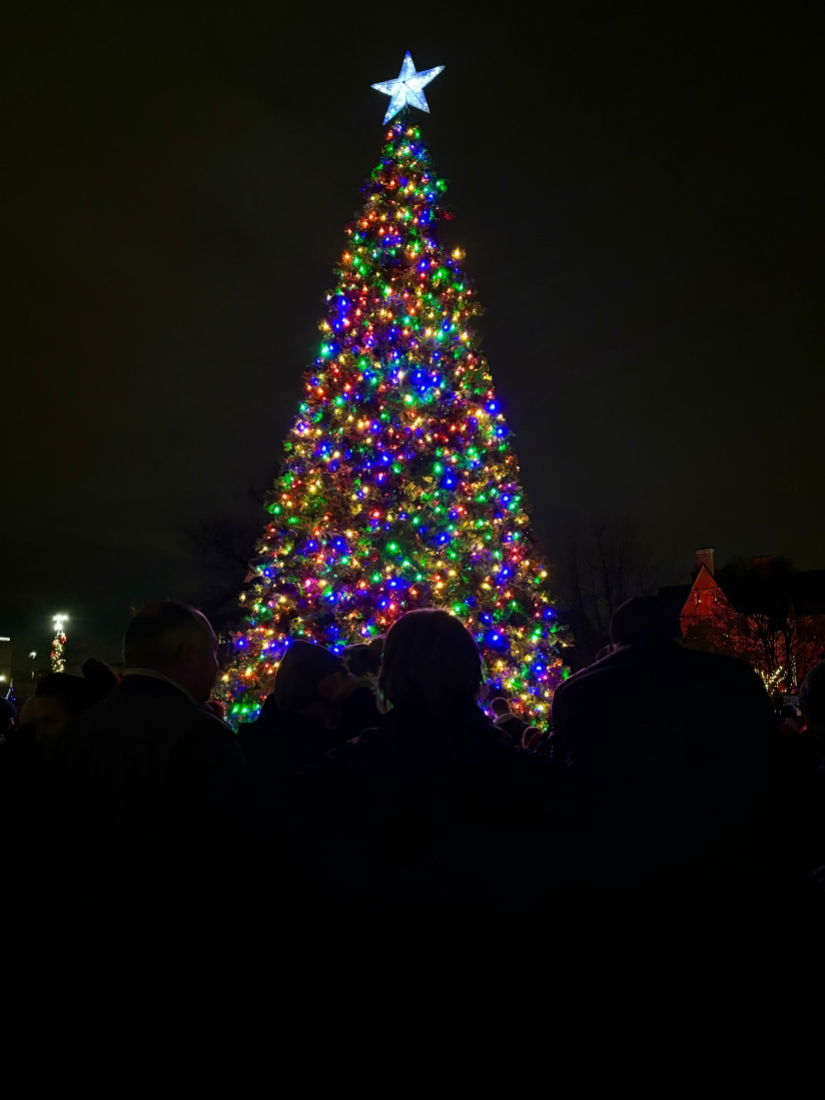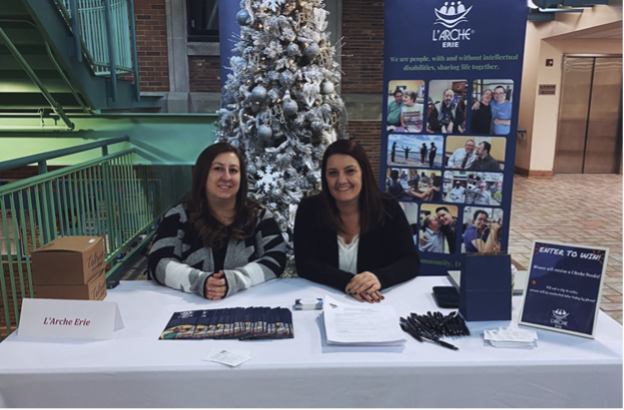The Collins Institute for Archaeological Research and Archaeology Museum Gallery at Gannon University will proudly welcome Debra Foran, Ph.D., and her lecture on “5,000 Years of History in Madaba, Jordan: Moabites, Christians, Muslims.”
The event is from 7-8 p.m. Wednesday in Room 219 of the Waldron Campus Center. It is free and open to the public.
According to Suzanne Richard, Ph.D., professor in the history and archaeology department and director of The Collins Institute For Archaeological Research and Archaeology Museum, students can expect to learn how the population of this town changed and developed over thousands of years, up to the present day.
Foran has been excavating in Madaba for a number of years and she will be showing some of her discoveries from the biblical period of the Moabites, as well as from the early Christian and Muslim periods, Richard said.
She also said that Madaba is very famous for its mosaics from the later periods. Sometimes it is referred to as the city of mosaics and it holds many ancient churches, according to Richard.
According to the university’s website, Foran is an associate professor of near eastern archaeology in the department of archaeology and classical studies at Wilfred Laurier University in Ontario, Canada.
She earned her Ph.D. from the University of Toronto in 2003, where her dissertation examined the existence of a Byzantine mosaic workshop in Madaba.
Foran has worked with the Tell Madaba Archaeological Project since 1998 and became the assistant director of the project in 2006. Currently, she is the director of the Town of Nebo Archaeological Project.
Foran was asked to be the speaker at this event because Richard said she is an up and coming scholar and archaeologist who is an expert on the history and archaeology of Madaba. Gannon and the American University in Madaba also have an exchange program agreement and the history and archaeology department have sponsored three service-learning projects in Madaba.
Ian Van Dyke, a senior history major, lived in Madaba for about a month while volunteering at the Center for Democracy as an English tutor.
According to Van Dyke, Madaba is a very interesting place because it “still has a large Christian population, which is becoming rare in the Middle East.” He also said that the city is known for the “Madaba Map,” a mosaic on the floor of St. George’s Church, one of the many reasons Van Dyke enjoyed his experience there.
“It’s neat because in Madaba, you can get a glimpse of ancient architecture and artifacts in the town and surrounding landscape, which is impossible in the U.S. because our country simply isn’t that ‘old,’” Van Dyke said.
Richard is encouraging all to attend because it is a chance for students to be exposed to different cultures.
“This lecture offers a window into the lives and cultures of non-western populations, which are different from our own, but so important to understand,” Richard said. “One of the outcomes for liberal studies is to raise students’ appreciation of ‘diverse religions, cultures, societies and individuals.’ This lecture will do that.”
Van Dyke also said that lectures like these are important for students to attend because it helps expand their world view.
“It gives Gannon students firsthand access to a wide range of scholars and notable people,” Van Dyke said. “Plus, these lectures are interesting. It’s not every day undergraduate students get to meet internationally-renowned archaeologists.”
Richard said she hopes this event sparks students’ interest in archaeology studies. Gannon offers a minor in archaeology and a concentration in archaeology and public history for anyone interested.
For additional information, contact Richard at [email protected].
SAMMIE JANIK











